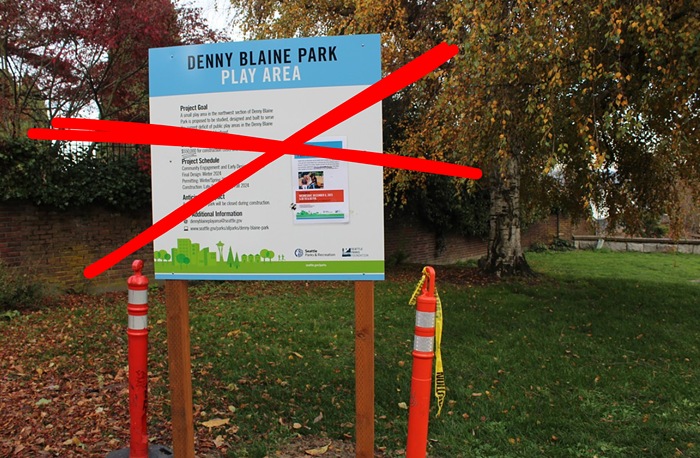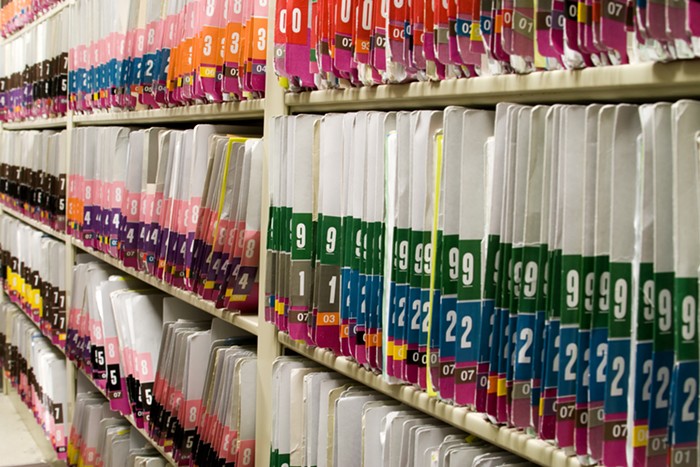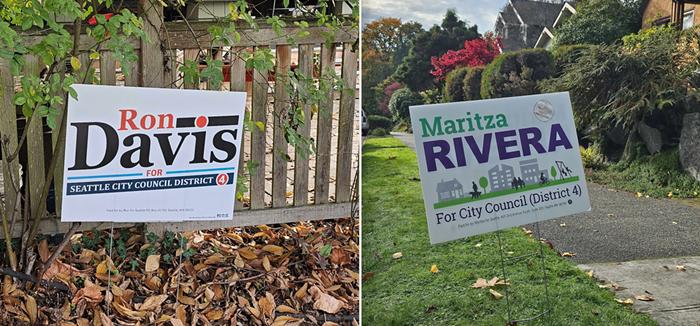A mere month from now, Seattle voters will be asked to pick one of two options for replacing the Alaskan Way Viaduct: a 13-block-long, four-lane cut-and-cover tunnel with a trench at the north end or a larger, more obstructive new elevated viaduct. According to every opinion poll to date, rebuilding the viaduct is more popular with voters than either digging a tunnel or replacing the highway with transit and street improvements by a double-digit margin. But whichever option voters choose, a new waterfront highway will represent a failure of leadership more damning than a thousand defeated monorails, more telling than $10 billion in light-rail overruns.
The advisory ballot, a "compromise" reached at the end of a grueling three-hour meeting attended by all nine members of the council on January 19, is a glorified opinion poll that will include only the barest details about the options. The ballots to be mailed out in mid-February offer two separate up-or-down votes on a new, larger viaduct and a four-lane tunnel. Both would maintain traffic capacity at current levels. However, the outcome will not be binding and may be inconclusive; because the two votes will be separate, voters can check yes for both, yes for one and no for the other, or no for both. It's conceivable, perhaps even probable, that both options will either fail or win. And even if one option does emerge a clear winner, it will hardly be a mandate. The smartest vote? No... and NO. It's the only shot we have at a sensible, cost-effective, environmentally responsible solution.
After the council voted to put both measures on the ballot at the topsy-turvy January 19 public meeting, Council Member Peter Steinbrueck stood up and delivered an brief extemporaneous speech about what Seattle will be like if we, unlike the 85 other cities that have torn down their elevated freeways, decide to build a new viaduct on our waterfront. His voice choked with emotion, Steinbrueck said Seattle would be "an embarrassment. We will not be able to stand on our leadership. We will not be able to be taken seriously when we talk about sustainability and the environment... If I could trade this job today and stop that elevated freeway, I would do it in a flash. It is that important to our city, this beautiful place, the environment we live in that is so envied by people the world around."
Steinbrueck is absolutely right. If we, the Seattle citizens of 2007, tear down an elevated waterfront freeway and replace it with an even taller, wider, more obstructive elevated freeway, our failure of leadership will be indisputable and complete. Any city that would besmirch its waterfront with an ugly, dirty, smog-belching, climate-choking elevated freeway doesn't deserve a reputation as a "world-class city." And despite what proponents say, the tunnel is hardly better; it, like the elevated viaduct, still preserves car capacity in service to the myth that we can build our way out of congestion.
The sad thing is, there is another option—an option that doesn't block the waterfront, doesn't include a giant trench through Belltown, and doesn't serve cars at the expense of the environment. It's the same solution that other cities around the country—from New York to San Francisco to freaking Chattanooga, Tennessee—have implemented, to literally universal success: Tear down the wall, improve surface-street connections downtown, and spend our tax dollars putting transit, not pouring concrete, in the Alaskan Way corridor. Because we aren't being presented with all the options, this vote is a false choice between the ugly and the unknown. It is, as Steinbrueck put it, a sham. The only hope we have is that both these false choices fail and the surface/transit option emerges as the only sensible, affordable alternative. "I've long believed that we have to wait until all the other options are brought down by their own flaws and costs," Steinbrueck said after the meeting. "Then what will be left? Surface/transit."
We, the citizens of Seattle, have a unique opportunity. Tearing down the viaduct would be more than just a symbolic gesture toward reducing auto dependency; it would force our city and region to come up with real alternatives to driving (alternatives that we might be able to afford if we weren't building freeways throughout our region). Rebuilding any kind of freeway on our waterfront, especially an elevated one, should be unthinkable in 2007. There's nothing visionary or green about it. When will our civic leaders stop pretending there is? 


















